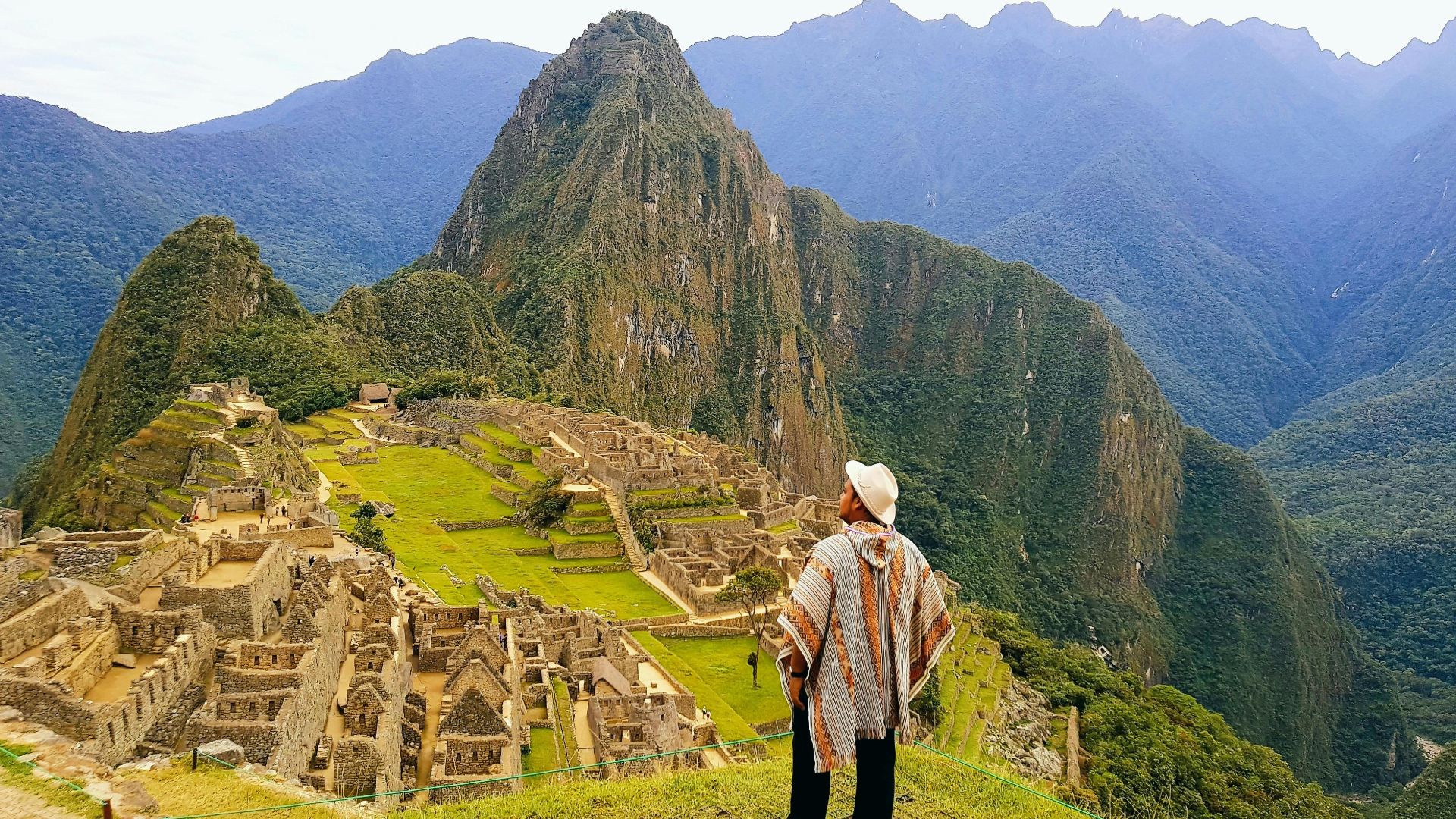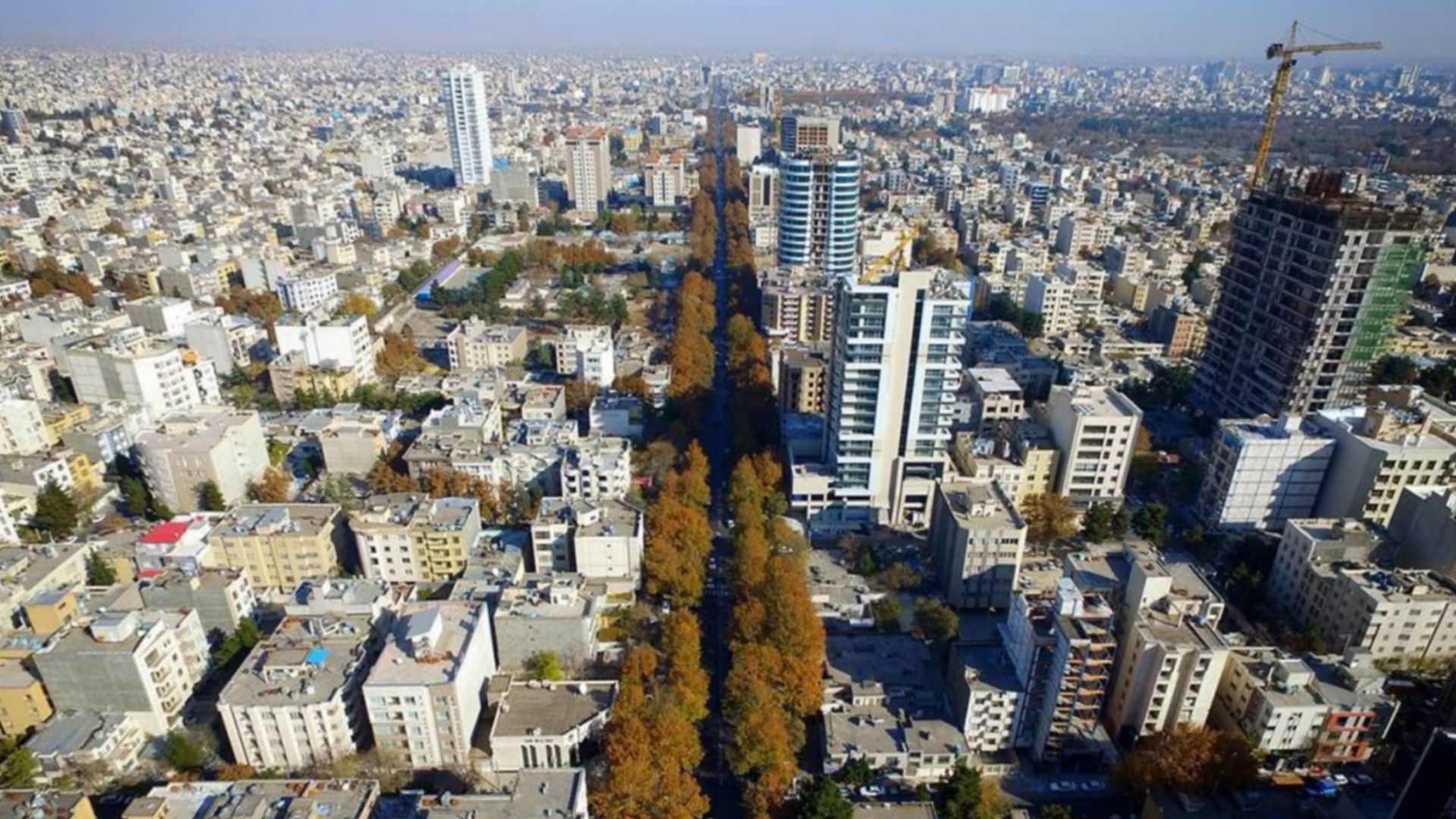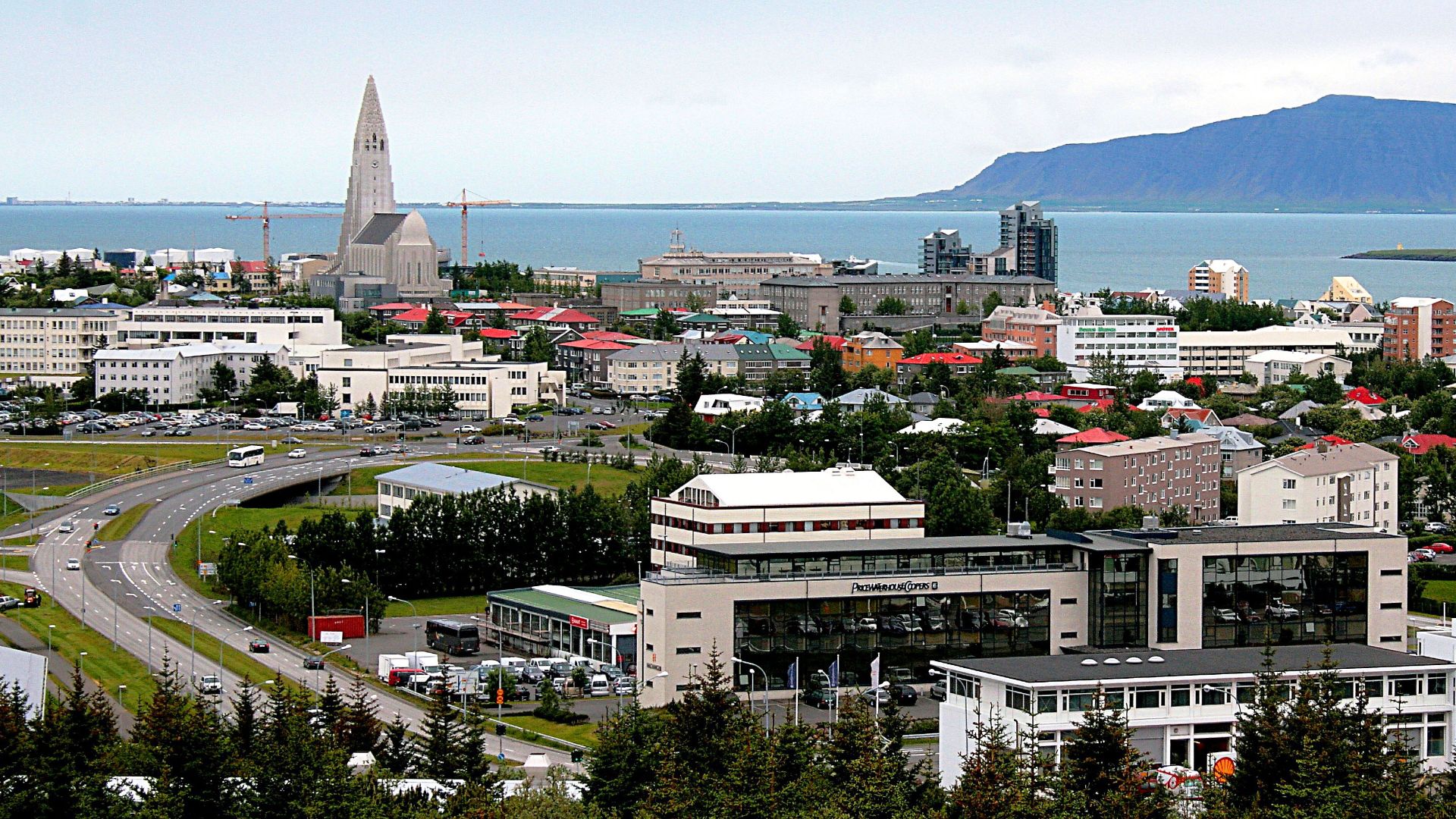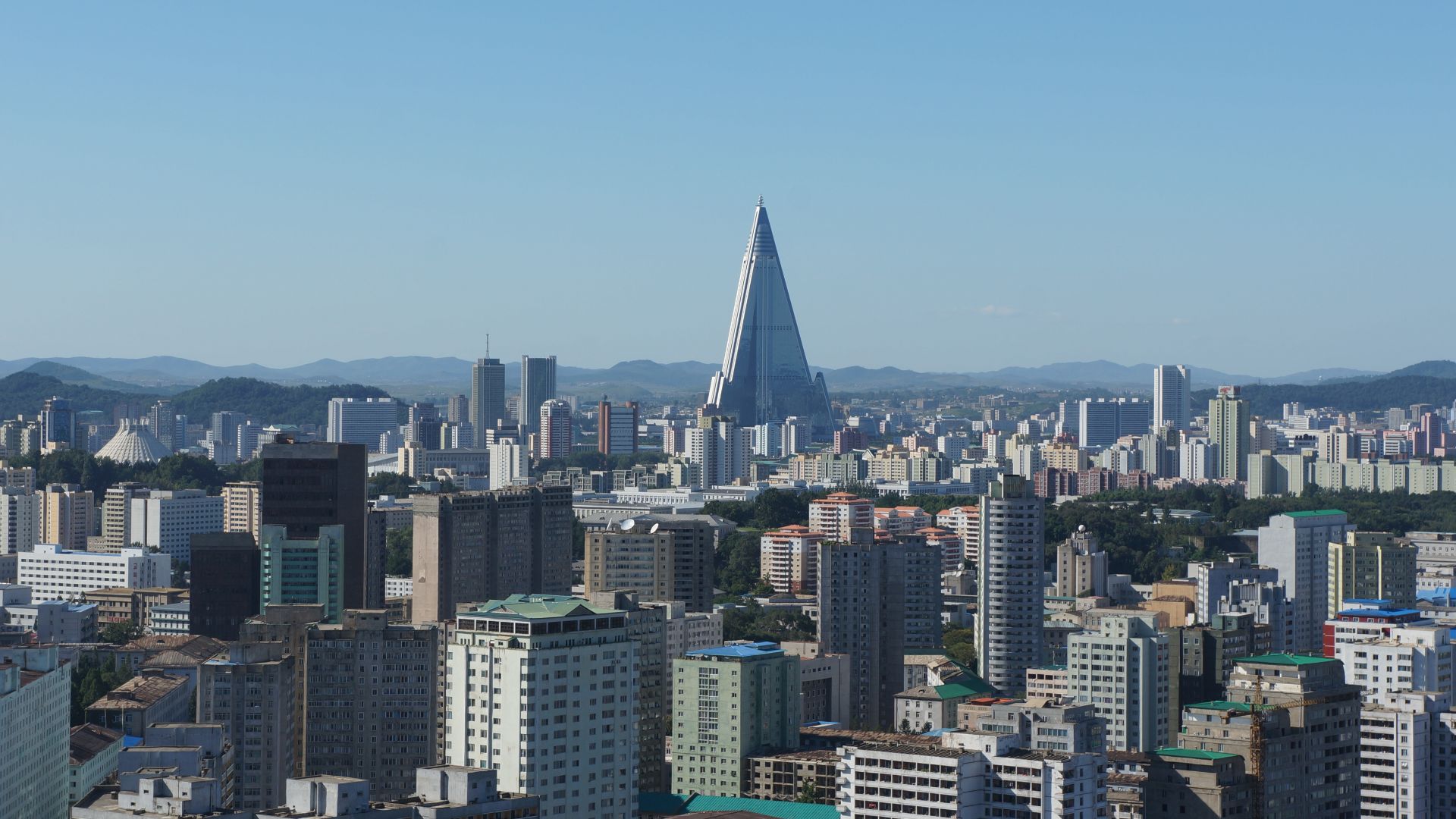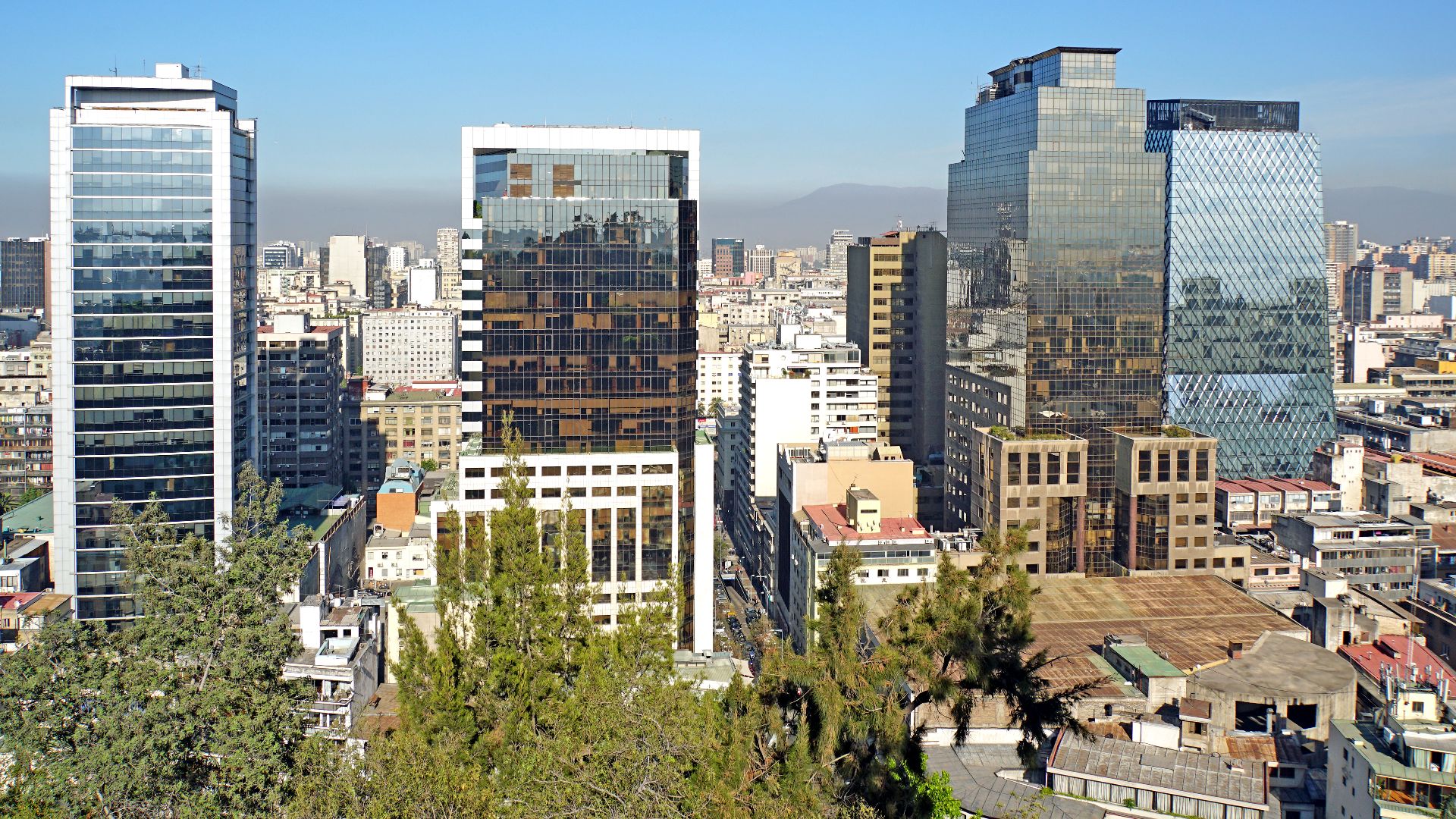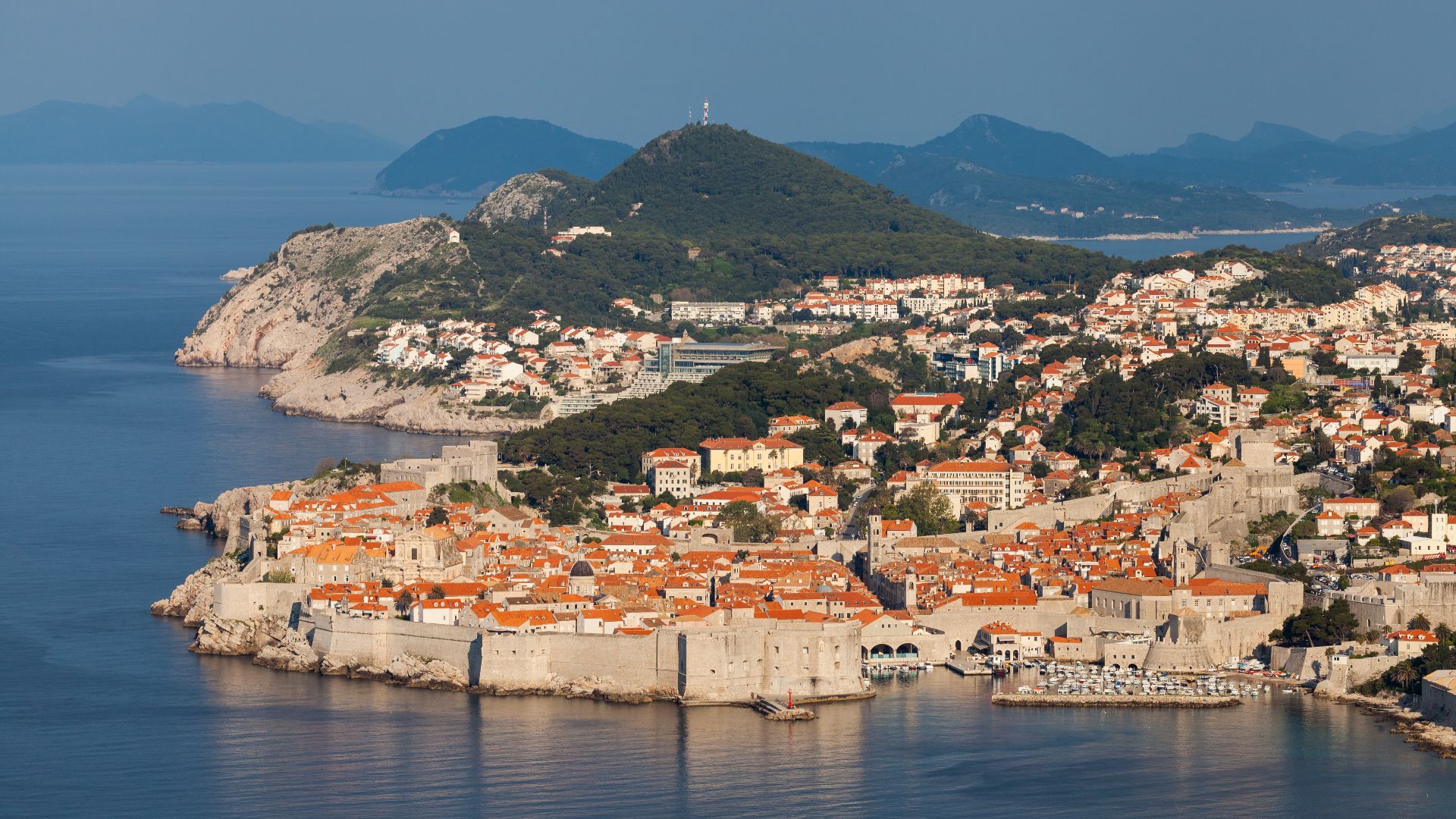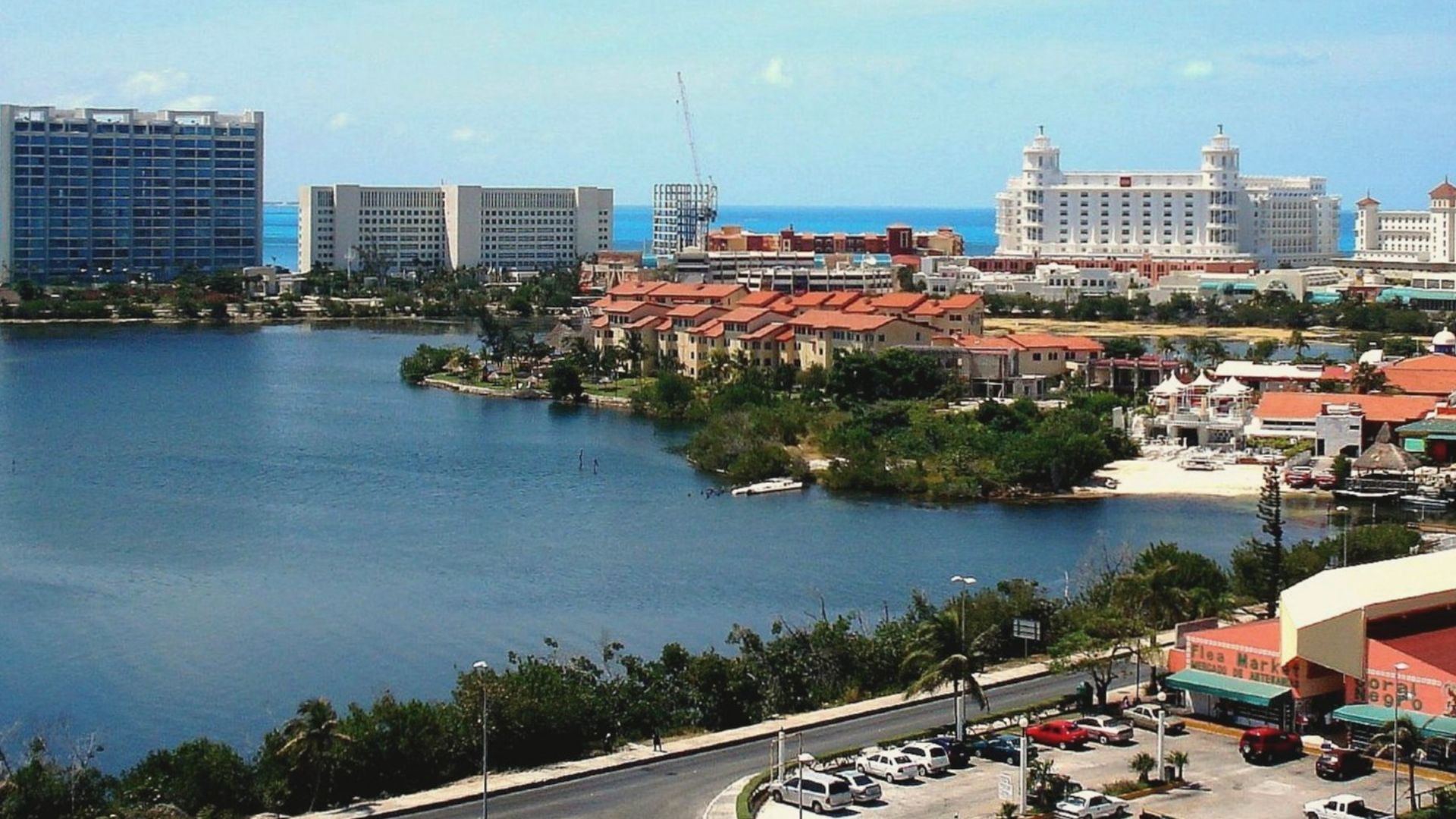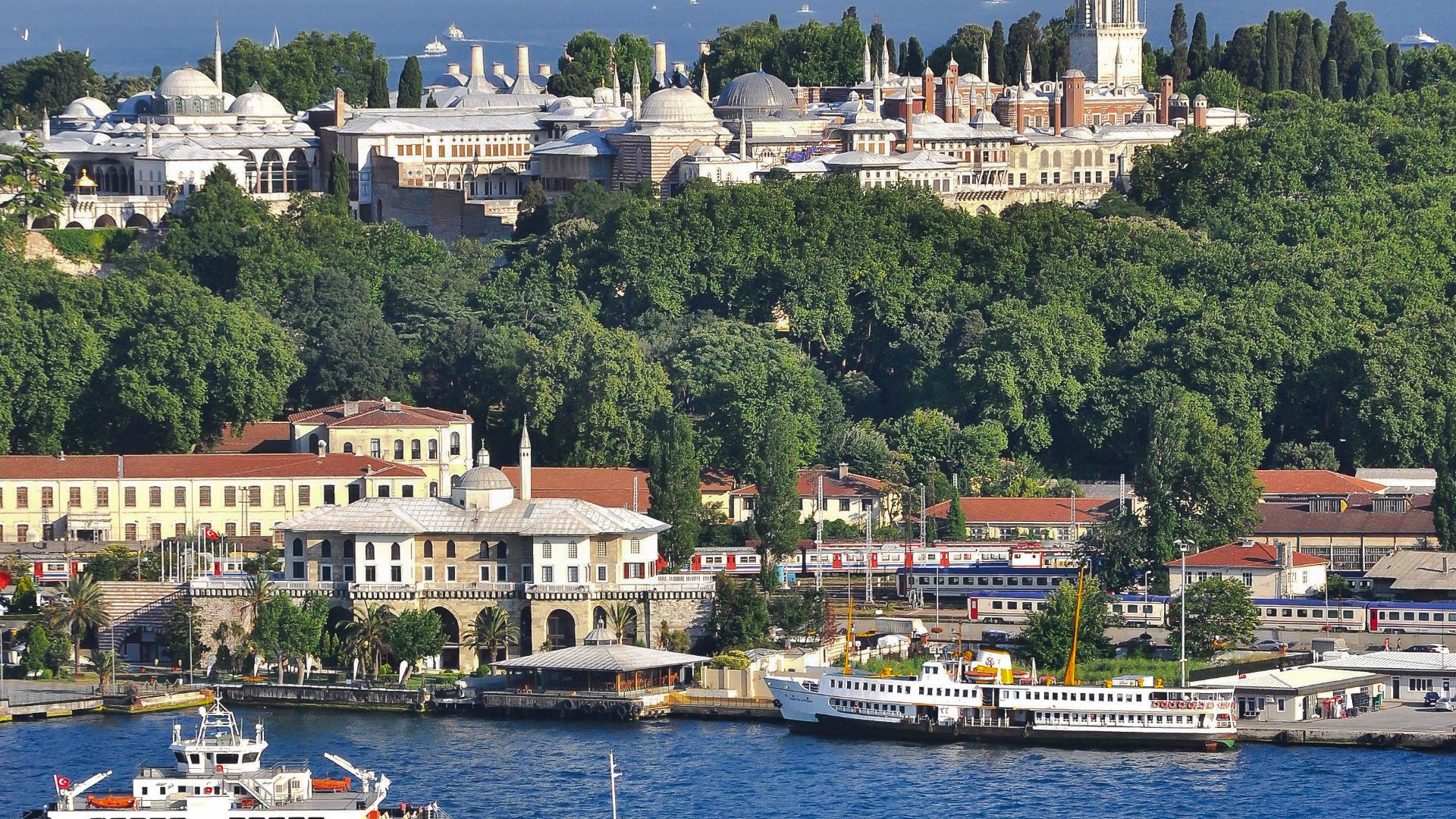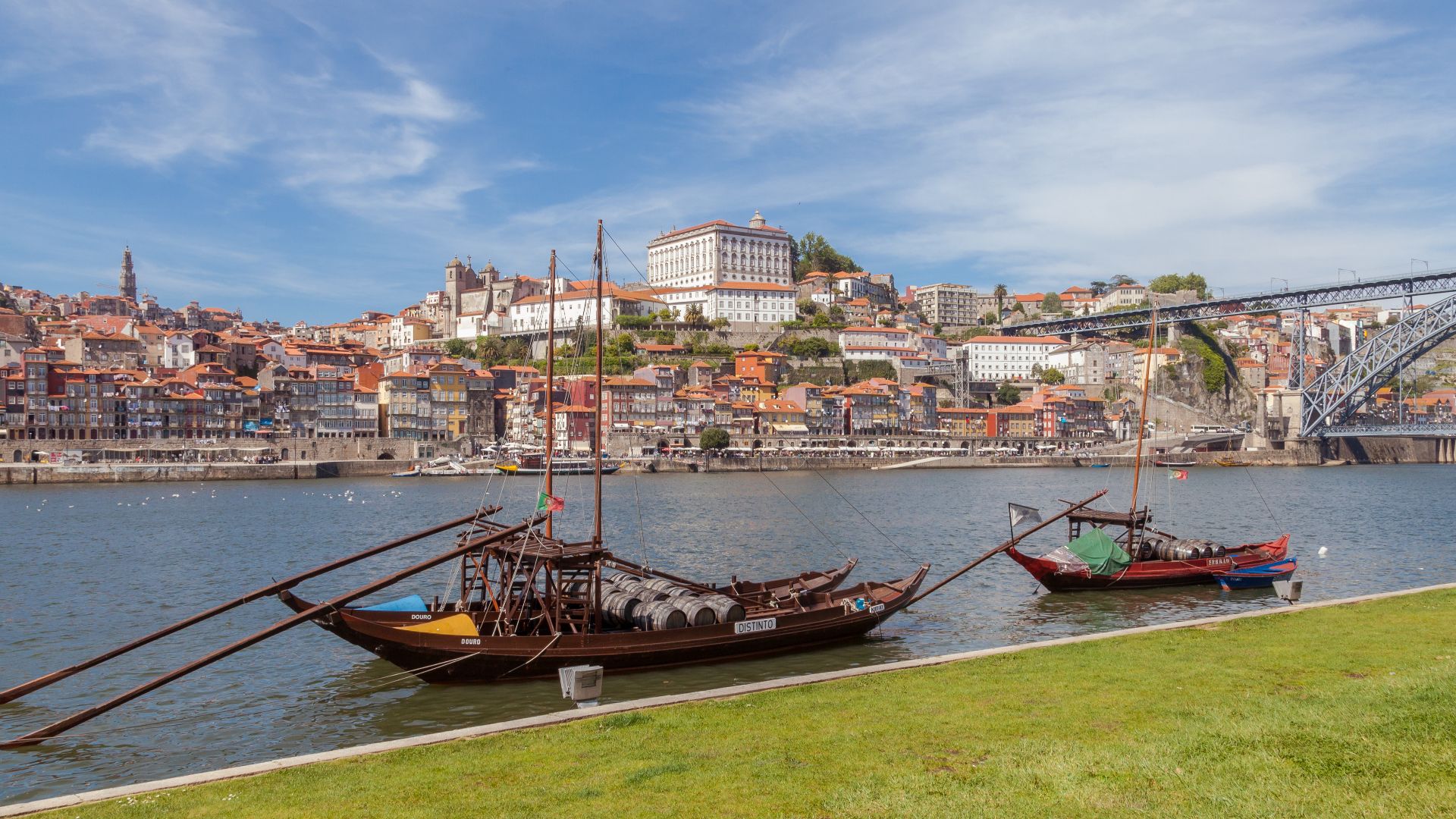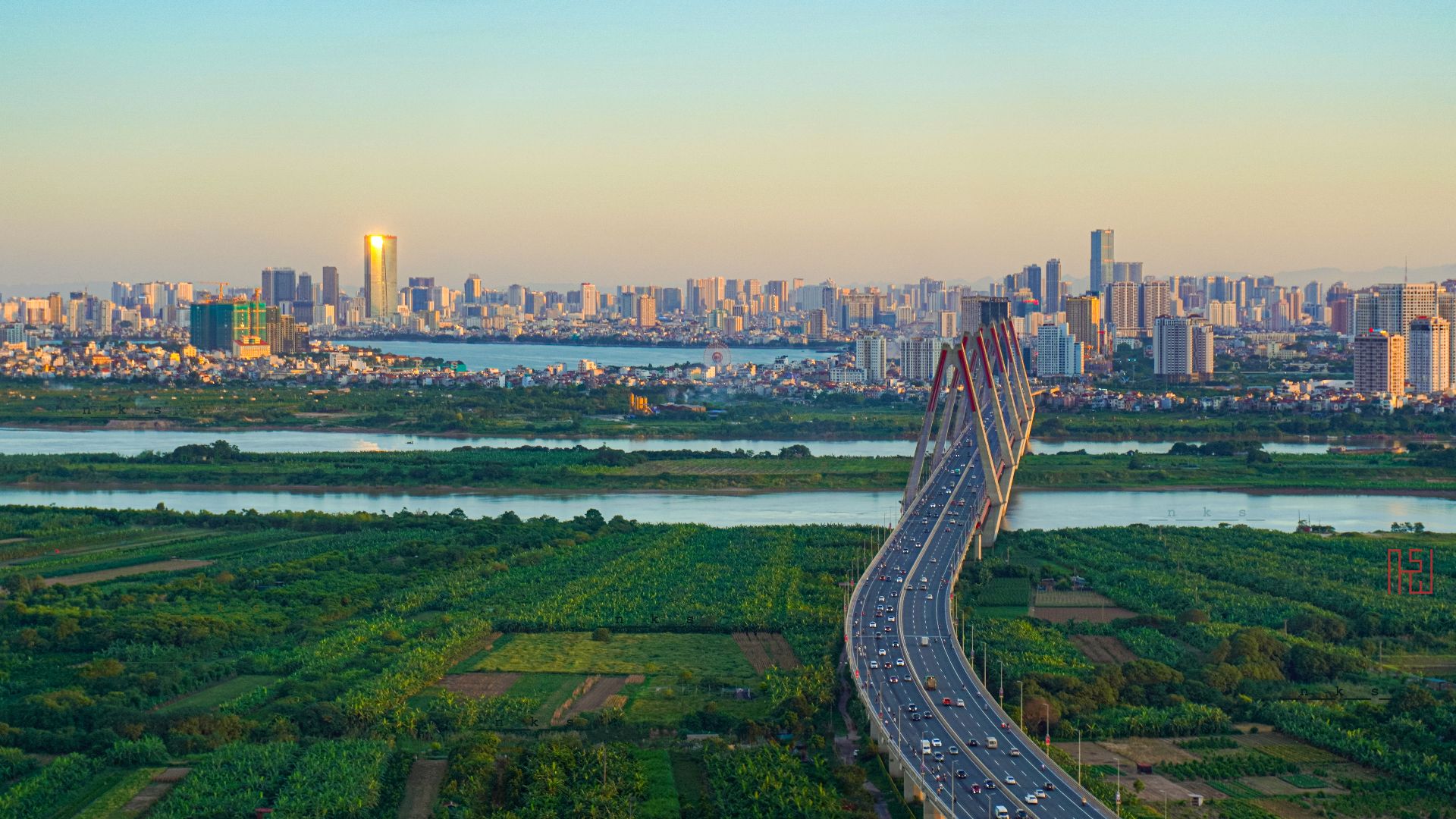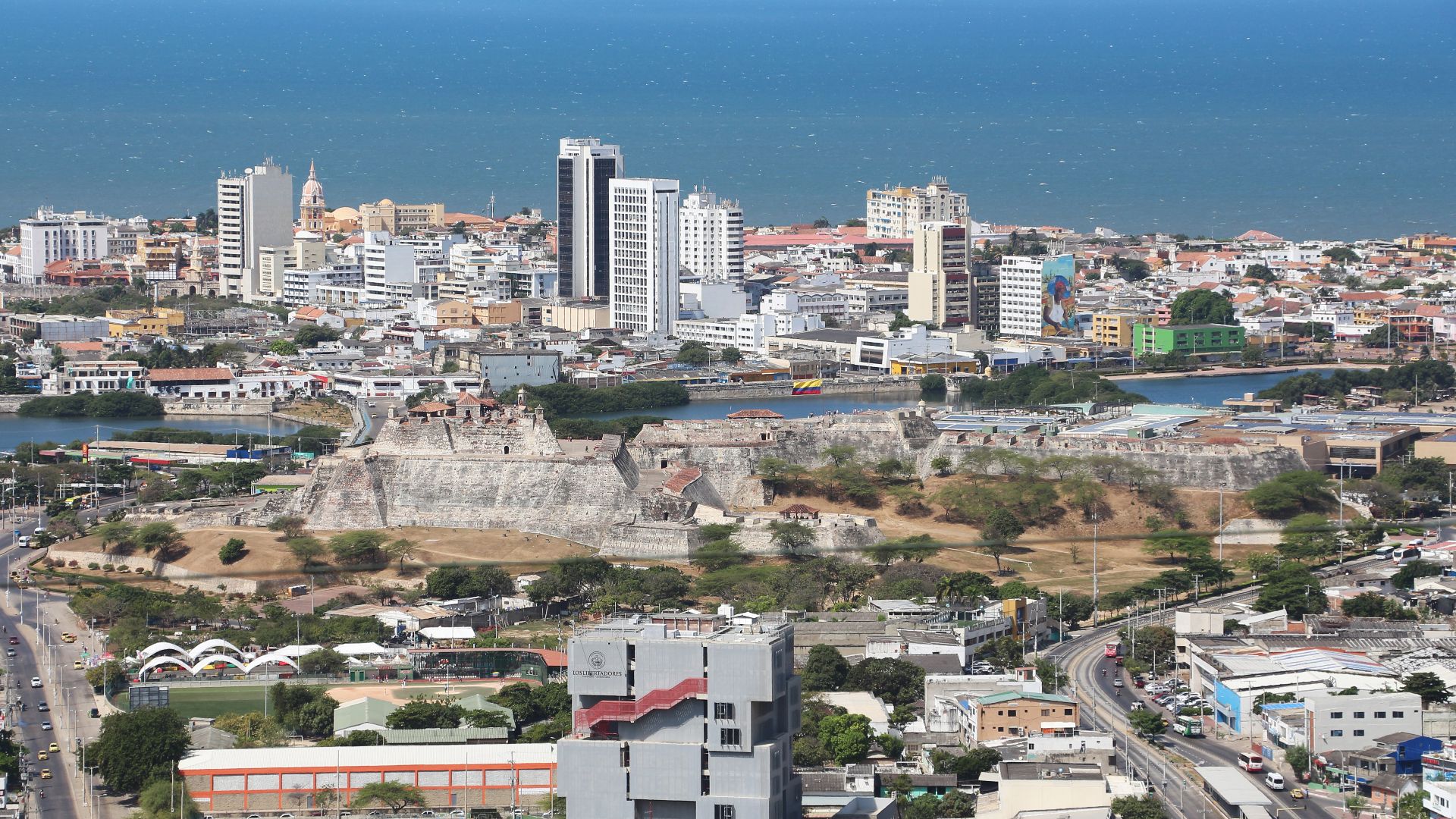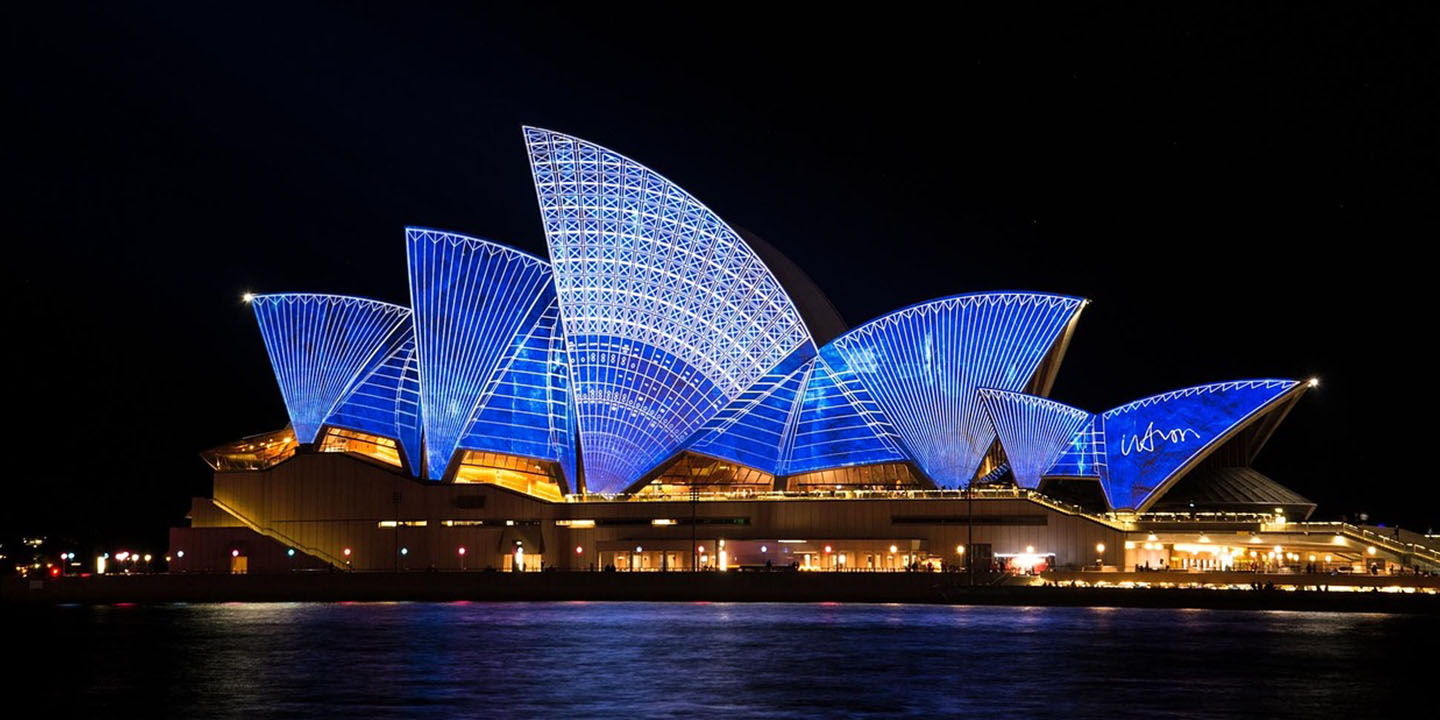Welcomes And Warnings Ahead
Not every destination wants to be the next hotspot, and not every country sees tourists as a win. While some are cooling off on foreign foot traffic, others are just heating up. It’s a mixed global picture. Let’s start with the places showing signs they’ve had enough, at least for now.
1. Bhutan
Hidden deep in the Himalayas, Bhutan isn’t chasing record-breaking visitor numbers. Since 1974, its “high-value, low-impact” tourism model has charged steep daily fees. In 2023, it was $100 per person. The country prioritizes Gross National Happiness over profits, which is shown in every carefully monitored visit.
 Original: Nina R from Africa Derivative work: UnpetitproleX on Wikimedia
Original: Nina R from Africa Derivative work: UnpetitproleX on Wikimedia
2. Iran
Visiting Iran involves more than just packing a bag. Stringent visa processes, limited consular presence, and shifting diplomatic ties make travel complex. While its cultural wealth is immense, internet restrictions and warnings from foreign governments deter many. Iran’s tourism sector exists, but official barriers keep most travelers at bay.
3. Iceland
Volcanic areas and geothermal lagoons made Iceland a viral bucket list item post-2010. However, with a population of just 400,000, the country struggled to balance natural preservation with nearly 2 million yearly visitors. Fragile moss fields and delicate ecosystems prompted local authorities to restrict access and consider new conservation-focused tourism regulations.
4. Spain
Cities like Barcelona and Mallorca are pushing back. Skyrocketing rents and overwhelmed infrastructure have sparked protests and policy shifts. Local governments are restricting short-term rentals and cruise traffic, while the country overall still promotes tourism. The message: visit respectfully, and don’t crowd the neighbors.
5. Netherlands
In the Netherlands, Amsterdam faded for locals when the city became a magnet for rowdy weekenders. The municipality launched “Stay Away” campaigns targeting nuisance tourism, banned guided tours in the Red Light District, and cracked down on public drug use. Cultural respect is the new message being sent.
6. Peru
Machu Picchu once welcomed anyone willing to hike or ride a train in Peru. But over-tourism threatened its foundations. Since 2019, entry caps and strict time-slot ticketing have helped ease the pressure. New regulations limit hiking trails to protect the 15th-century Inca citadel for future generations.
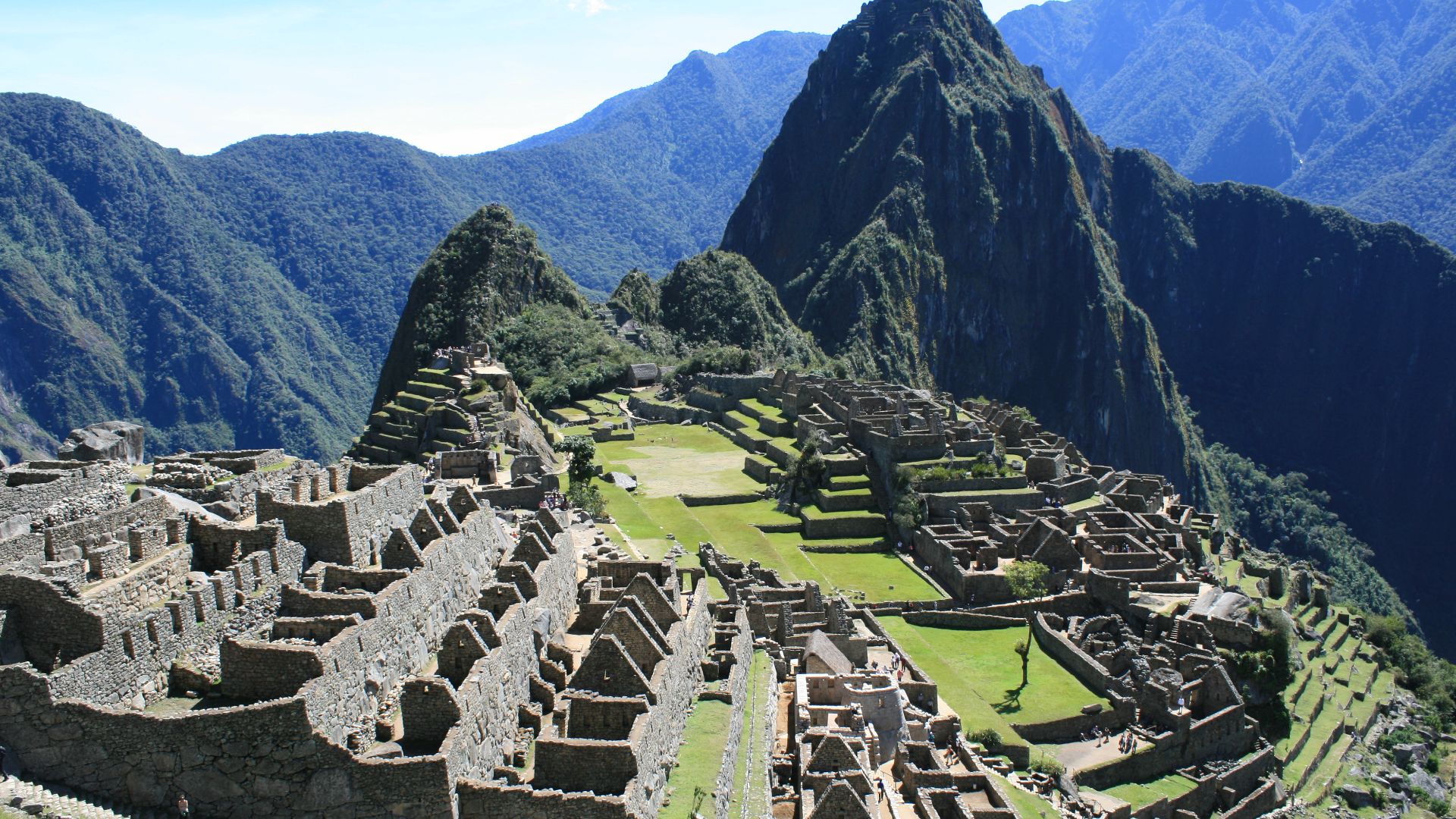 RAF-YYC from Calgary, Canada on Wikimedia
RAF-YYC from Calgary, Canada on Wikimedia
7. North Korea
North Korea allows only pre-approved tours, and any deviation is strictly forbidden. Visitors are monitored constantly, interactions with locals are controlled, and spontaneous photography is often banned. The government’s tight grip turns every tour into a performance, not an exchange of cultures.
8. Turkmenistan
This Central Asian nation remains one of the most closed-off countries in the world. Independent travel is virtually impossible. All visitors must join government-approved tours with guides who report directly to authorities. Despite stunning marble cities and ancient ruins, Turkmenistan receives fewer than 10,000 tourists annually.
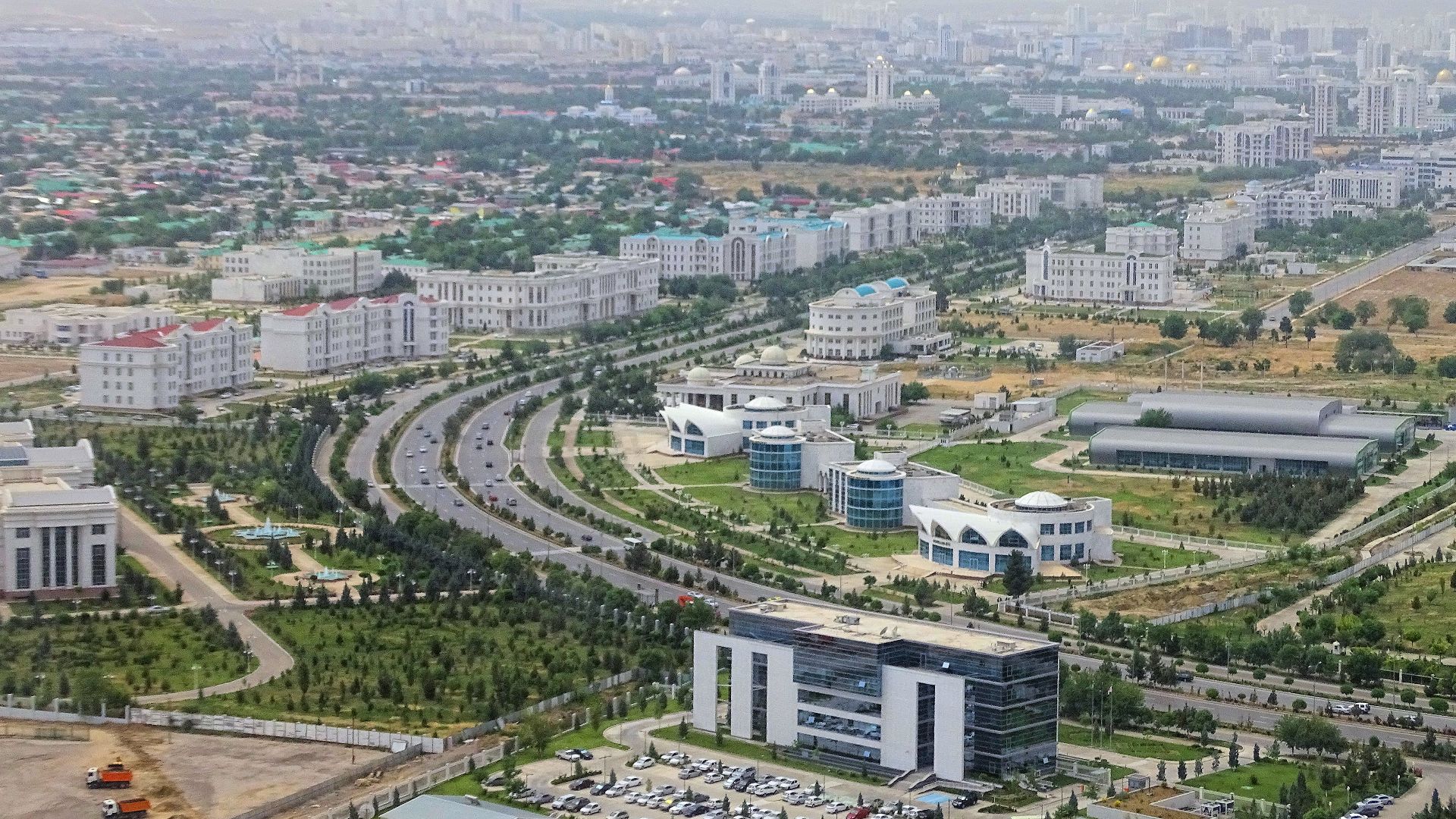 Bjørn Christian Tørrissen on Wikimedia
Bjørn Christian Tørrissen on Wikimedia
9. Chile
In 2018, new laws capped stays at 30 days and required an invitation from a local resident. The native Rapa Nui community now co-manages tourism to protect the island’s heritage from irreversible damage. These protective measures are supported by the Chilean government and aim to counter the environmental and cultural strain.
10. Croatia
Ever since Game of Thrones turned Dubrovnik into “King’s Landing,” crowds have swelled beyond manageable levels. In response, the city installed surveillance to count visitors and capped cruise ships to two per day. These measures help preserve the medieval streets and restore daily life for the city’s 40,000 residents.
Thankfully, not every nation is closing its doors. There’s still a long list of places rolling out the red carpet for tourists. If travel is calling, the next ten countries are more than ready to answer.
1. Mexico
No visa drama, no cold shoulder: Mexico has consistently stayed open and tourist-friendly, even during global slowdowns. Destinations like Cancún and Mexico City invest heavily in hospitality and culture. With low entry barriers and deep travel infrastructure, the country remains one of the world’s most accessible and welcoming hotspots.
2. Turkey
Where Europe meets Asia, Turkey has been making moves to improve its global tourism pull. New airport expansions and government support signal a strong “come visit” message. From Istanbul’s mosques to Cappadocia’s surreal scenery, the welcome mat extends far beyond the country’s already-thriving beach resorts.
3. Portugal
Portugal is Europe’s rising star for travelers. The government’s “Clean & Safe” certification reassured post-pandemic visitors, and visa-free access for many countries makes it easy to explore. Locals remain largely tourist-friendly, even in Lisbon’s busiest neighborhoods and the remote villages of Alentejo.
4. Egypt
After years of political unrest, Egypt has come roaring back with a tourism revival plan. Major projects like the Grand Egyptian Museum and improved security have helped reestablish trust. Affordable flights and a deeply rooted hospitality culture make this one of North Africa’s most tourist-welcoming nations again.
5. Morocco
Markets bustle with desert tours run daily. Morocco blends old-world energy with a modern push to attract more visitors. Recent upgrades in infrastructure and streamlined visas show the country’s clear focus: make travel easy, immersive, and culturally rewarding for all.
6. Costa Rica
Here, sustainability and tourism walk hand in hand. Costa Rica actively promotes eco-friendly travel while ensuring visitors feel welcomed at every turn. National parks are accessible, and English is commonly spoken. It’s no surprise tourism contributes over 8% to the country’s GDP and keeps growing.
 Mariordo (Mario Roberto Durán Ortiz) on Wikimedia
Mariordo (Mario Roberto Durán Ortiz) on Wikimedia
7. Vietnam
Fast-tracked e-visas and new flight routes are just part of Vietnam’s travel playbook. From Hanoi to Hoi An, warm service and affordability draw millions annually. With a government-backed push to raise international arrivals, the country’s travel scene keeps expanding without losing its authenticity and local color.
8. Kenya
Safari dreams meet real-world hospitality here. Kenya thrives on wildlife tourism, which makes it accessible and organized. Entry processes have been simplified, and investments in national parks and lodges continue to grow. The local phrase “Karibu Kenya” is a sincere invitation you’ll hear everywhere.
 Nina R from Africa on Wikimedia
Nina R from Africa on Wikimedia
9. Colombia
Once written off by travelers, Colombia now thrives on its rebrand. Cultural festivals and open visa policies welcome curious tourists. The tourism ministry promotes lesser-known gems beyond Medellín and Cartagena, emphasizing food and resilience. It’s eager to share its story.
10. Philippines
Hospitality is second nature in the Philippines. Visa-free stays for many nationalities and breathtaking scenery make it a Southeast Asian favorite. The Department of Tourism’s consistent branding, the slogan “It’s More Fun in the Philippines,” reflects a cultural attitude that celebrates visitors with open arms.


